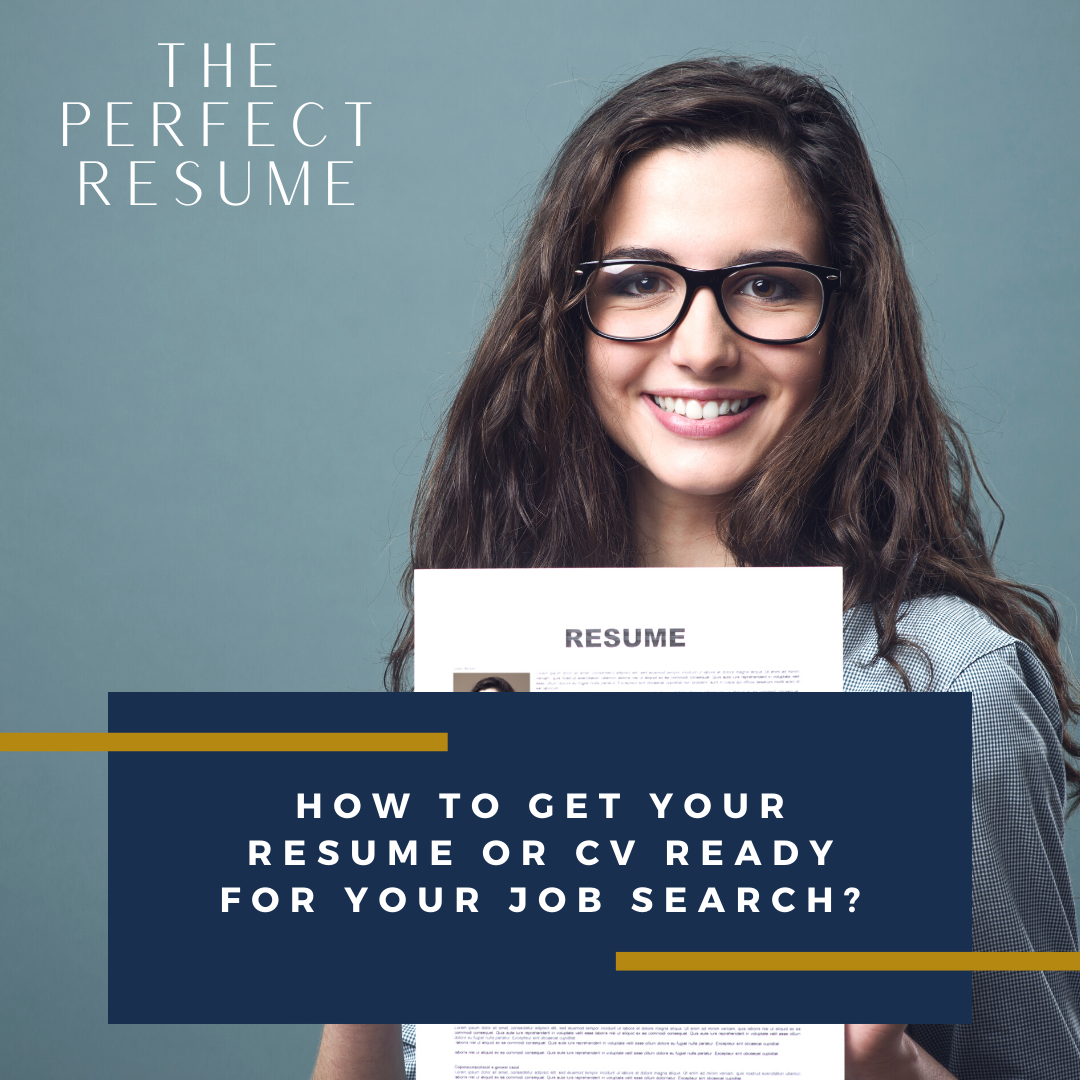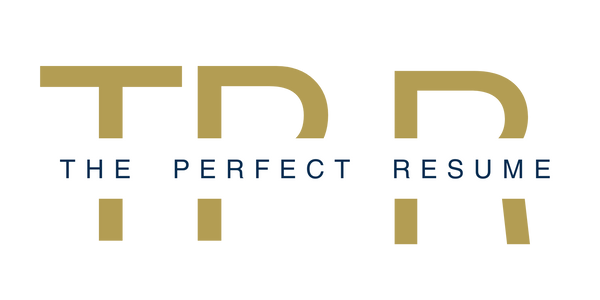
Get Resume or CV Writing Skills
Today, the job market is more competitive than ever before, and employers are getting a lot of great applications from hundreds of candidates. If you've never heard of an Applicant Tracking System (ATS), it can be hard to know where to start when you need to refresh your resume. The trick to helping you shine out above the rest is having a resume that gets you the desired results. This blog helps you to know what experiences and accomplishments to include. What the new resume rules and trends are and whether your resume should be no longer than one, two or three pages!
You want a resume that gets results, but where do you start when it comes to CV writing?
When done right, your resume can offer you amazing opportunities, therefore, there is no doubt that CV writing commonly fills people with stress. If your resume goes on for several pages, has a layout that's difficult to read, or has spelling errors, you'll never get a call for an interview. A well-written and visually pleasing resume will probably be read by the hiring manager. If your qualifications look as good as the overall presentation, you'll be on your way to the interview stage.
The Perfect Resume writers empathise with your struggles as daily, we nervously condense your entire work history into a perfectly-worded, typo-free document that could potentially determine your entire career. The Perfect Resume also has all kinds of resources to help make the whole process easier. To take the entire stress away from you, you barely need to lift a finger if you don't want to. However, if you are more of the DIY type, the following steps below teach you how to build a resume, in line with today's standards.
An employer doesn't have time to read your life's novel! Keep CV writing succinct
Due to the sheer volume of applications coming in, employers now frequently use applicant tracking systems (ATS) to screen job applications initially. Once your resume is checked through the ATS, it reaches a real human! Not many humans like to read a ton of text when they are busy, just the same as employers don't want to flip through 3+ pages to read about your career so far.
Less is more when it comes to words on a resume. By being as succinct as possible, you will attract the hiring manager's attention, therefore don't name every single responsibility you've ever had, instead use brief, action-oriented sentences that describe your role at each employer.
The answer to the age-old question of "how long should my resume be?" is, today, a 1-page resume lands people interviews, however, if you have relevant accomplishments and stand out information, that is relevant, you can have up to 3 pages. On the initial scan, employers take about 6 seconds to decide if they want to keep reading your resume. You would be lucky for them to even flick to a second page, therefore, add/remove qualifications and skills to ensure the transferrable qualities are all on page one.
What should you include and not include in a resume?
The closer a match your resume is to the job advertisement, the better your chance of getting shortlisted for an interview. The ATS matches your resume to a designated set of qualifications, keywords and job-specific skills the employer is seeking, therefore, don't ever use a generic resume for every job you apply for. You'll just waste your time! Match your resume with the specific skills and attributes the employer is looking for by reading the job posting then taking a few minutes to customise your resume with the hiring manager's wants and needs in mind.
How to tailor your CV writing to particular jobs
Your resume is the very first impression you make on your prospective employer and one of the most important tools in your job search. While interviewing skills, industry-related knowledge, and practical skills are important as well, you'll never have the opportunity to demonstrate these if you don't have a well-written resume.
Include the position you are applying for in your headline: The ATS ranks candidates higher when they have the same position they are looking for before. A nifty trick to get around this if you haven't already had the experience is to include the position you are applying for in your heading.
Modify your profile summary: Your resume needs to stand out as clean, clear, and concise from the very first glace. A brief, eye-catching profile is a great way to grab the reader's attention. Be sure that it focuses on what you can offer the employer, not on what you want from a job.
Add a skills section: List the top 5-10 skills which the employer needs in their next candidate in line with the role you're applying for and ensure you are backing any wishy-washy statements, such as a "hardworker and team player" with concrete examples that are sincere, and evidence-backed. For example, being a "collaborative leader" or an "effective communicator" are important characteristics you want to get across, however, how can you prove that you have these skills? Instead of listing these attributes on their own, explain a situation when you needed to apply them.
For example, let's say the job you're applying for is asking for someone with a strong knowledge of the project lifecycle. Use your resume as an opportunity to showcase this -- but don't just write, "Developed a strong knowledge of the project lifecycle." Write "Developed a strong knowledge of the project lifecycle and customer experience via actively listening to end-users, creating clear project scopes, working with stakeholders and in doing so, handed over a project that delivered a 150% uplift in customer satisfaction."
Add your experience: If your resume is light on paid, full-time work experience that qualifies you for the job, it's fine to add internships, part-time jobs, and volunteer experience. For everyone else, you don't need to include your entire career history on your resume. As a general rule, you can remove any jobs that are more than 10 years old. Remember, your resume is a synopsis of your employment history, not your life story.
Next, proofread your CV writing for errors
Proofreading is the last step you do before sending your resume to the recruiters. However, if you've gotten this far in your resume makeover, it's time to give your eyes a break. Have a good night's sleep to refresh your mind and prepare yourself by setting a good time and an excellent place to read your resume.
Once ready, get your proofreading checklist. It is recommended to list down common resume mistakes such as spelling and grammatical errors, so you'll know what to look out for. It is also important to choose a font that's easily readable and professional because that is what the recruiters going to notice first upon looking at your resume. Is your formatting consistent across all positions? Are your margins even? Are all items properly aligned? Remember, consistency is the key to an eye-catching resume.
Then, read your resume out loud and slowly from the beginning minding the things in your checklist. Make sure your name, address, phone number, and email address appear on your resume and all correspondence, preferably at the top of the page. Don't forget to verify the links to your email and LinkedIn profile as well.
Lastly, read it backward. This technique works well when you're trying to catch up typo errors, awkward grammar, and spelling mistakes that you haven't pick up from your last check. Recruiters use a resume to evaluate your communication skills and candidacy so don't let a silly typo create a bad first impression and cost you the job opportunity.
Finally, save your document
If you are using a MAC-based computer or your iPhone to tailor your resume and apply for jobs, a PDF file is advised to ensure that formatting doesn't get messed up when the recruiters read it. If you are using a Windows-based computer, a Word version is fine to send. It is also recommended to rename it with your complete name rather than only a "resume", to give the recruiters a professional vibe on your document and makes their job easier when they pop you on the system.
If you find yourself struggling to check and correct your resume writing and grammar, or if you are worried that your resume is not an ATS compliant, it is best to stop sending your resume to the recruiters to avoid being rejected and opt to get your resume re-written from The Perfect Resume's team of professional resume writers.
Simply send your resume to info@theperfectresume.com.au for a free review to get started!




